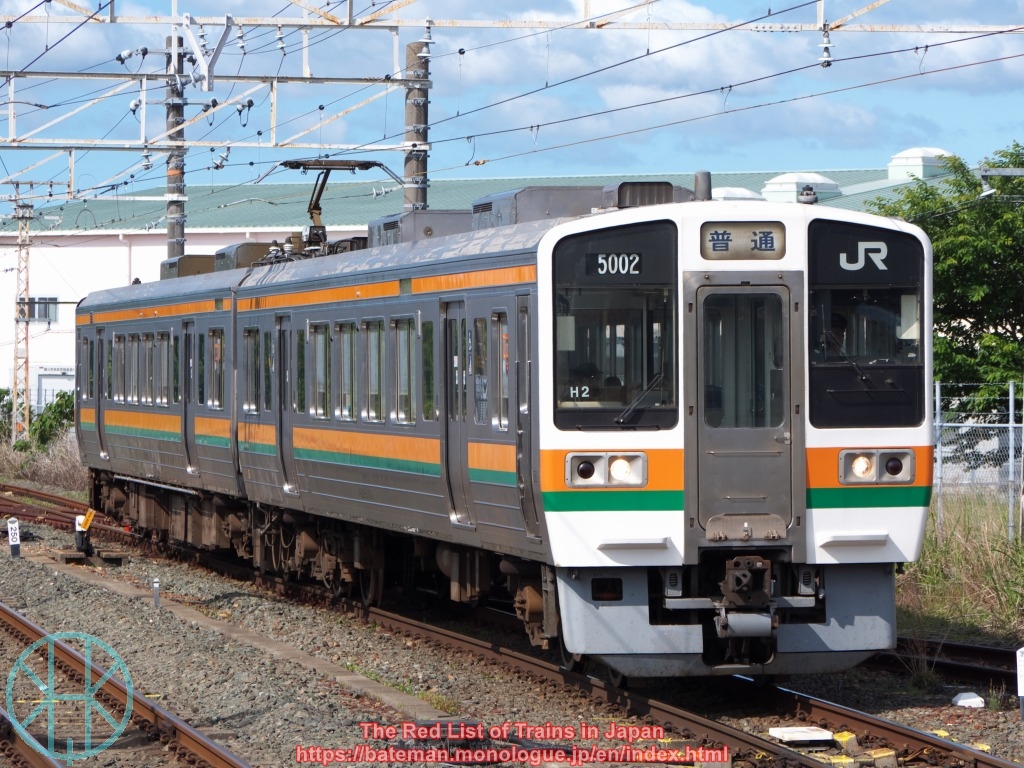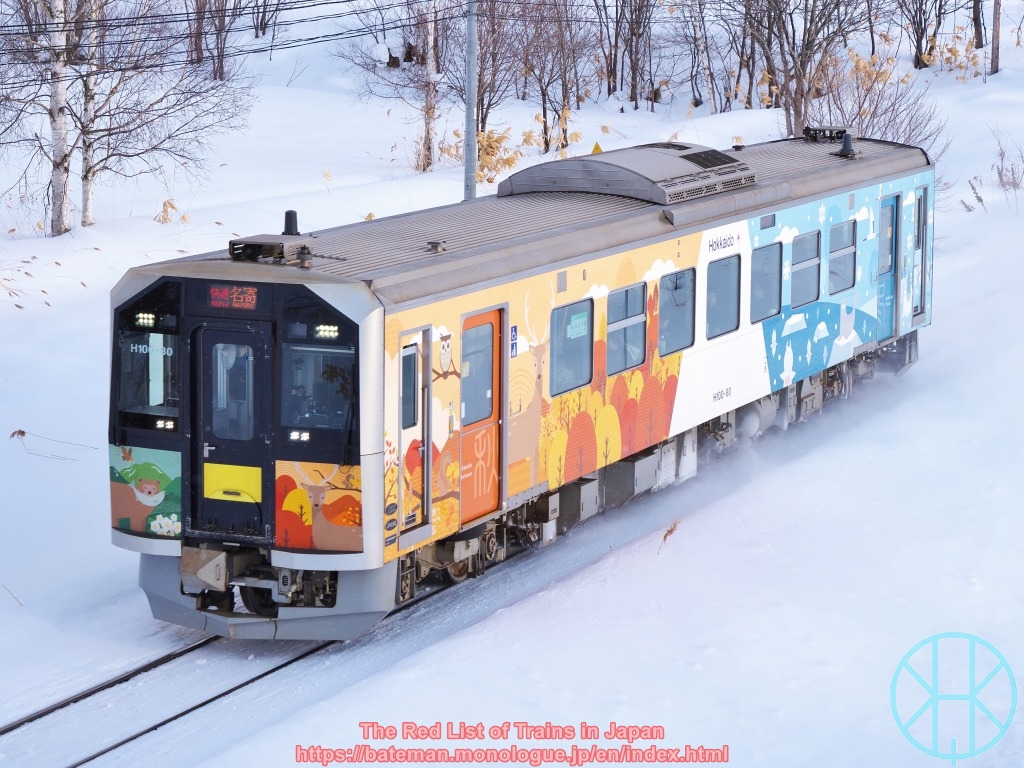 |
| Blue: Tokaido Shinkansen Orange: Chuo Main Line |
Nagoya is the fourth largest city in Japan with approximately 2.34 million people. It is 267 km (166 miles) west of Tokyo, but because of topographical reasons, railways and roads connecting the two cities exceed 320 km (200 miles). Most travellers between the two cities rely on Tokaido Shinkansen, the oldest high-speed rail in the world, as it takes just 1.5 hours and trains run every 4-10 minutes at the daytime.
It is often overlooked that there are two more railways that directly connect Tokyo and Nagoya. Tokaido Main Line, which largely parallels the Tokaido Shinkansen, still serves the cities. Whilst most passengers have already shifted to the Shinkansen, Tokaido Main Line is still important for freight trains. In addition, Chuo Main Line also plays role in these cities, though very few people use it to travel between Tokyo and Nagoya. This article focuses on Chuo Main Line, and whether it is worth to choose this route.
Like Tokaido Main Line, Chuo Main Line starts from Tokyo station. Chuo Line is well known in Tokyo for orange and overcrowded commuter trains. Intercity services, Limited Express Azusa and Kaiji, run along with the commuter trains. Azusa is faster and goes farther, as it connects Tokyo or Shinjuku and Matsumoto.
Most Azusa services are provided by E353 series, which might look a little bizarre but quite new and thus clean. Even amidst the labour shortage, an onboard trolley service with foods and drinks is available on most trains.
 |
| From ruins of Kofu Castle |
After leaving Takao in the western end of Tokyo Metropolis, the train dives into mountains. Major stations on Chuo Main Line include Otsuki (where Fujikyu Railway, which is highly popular amongst foreign tourists visiting Mt Fuji), Kofu (the capital of Yamanashi Prefecture) and Kami-Suwa (which is close to Lake Suwa).
 |
| A little vineyard at Shiojiri station platform |
There has been no regular direct service between Tokyo and Nagoya since the 1960s, so at least one transfer is required. In most cases, it is necessary to change trains at Shiojiri station in Nagano Prefecture, which is about 2.5 hours from Shinjuku by Azusa. It is one of a few "border stations" where operational border of JR East and JR Central exists. That is why, the line is sometimes divided into Chuo East Line (Tokyo - Shiojiri, JR East) and Chuo West Line (Shiojiri - Nagoya, JR Central).
Shinonoi Line, which goes on to Matsumoto and Nagano, branches off here. Since not just Azusa but also many regional services on Chuo East Line start from or terminate at Matsumoto, some people misunderstand that Matsumoto is part of Chuo Main Line.
There is another limited express train called Shinano, running between Nagano and Nagoya via Matsumoto and Shiojiri. 383 series is used for Shinano, and the rolling stock was first introduced nearly 30 years ago, so some units look shabby. A brand new train called 385 series is due to be introduced in financial year 2026.
 |
| (A typical post towns in Japan) |
Stations on the western part of Chuo Main Line are mostly smaller than those in the Greater Tokyo Area. A few of them in Nagano Prefecture, Narai for example, are close to post towns in the 17th to 19th centuries. Old wooden buildings have been preserved in some places and become tourist spots.
After leaving Nakatsugawa, the towns by the line look more like suburb residential areas than countryside. From Kozoji to the west, the line gets increasingly busy with long commuter trains. Shinano arrives at Nagoya station two hours after leaving Shiojiri.
It takes about 5 hours in total from Tokyo to Nagoya via Chuo Main Line, about 3.5 hours longer than Tokaido Shinkansen. Nevertheless, only one transfer is necessary, and both Azusa and Shinano run hourly, so it is not difficult to complete the journey.
However, the total cost of Chuo Main Line route is almost the same as Tokaido Shinkansen, as the Chuo route is longer than Shinkansen not just by duration but also actual distance, and requires two separate limited express tickets. Therefore, it should be noted that the Chuo route is just for those wishing to try a different route or those fed up with a boring Shinkansen journey, not for anyone looking for a cheaper alternative.














































